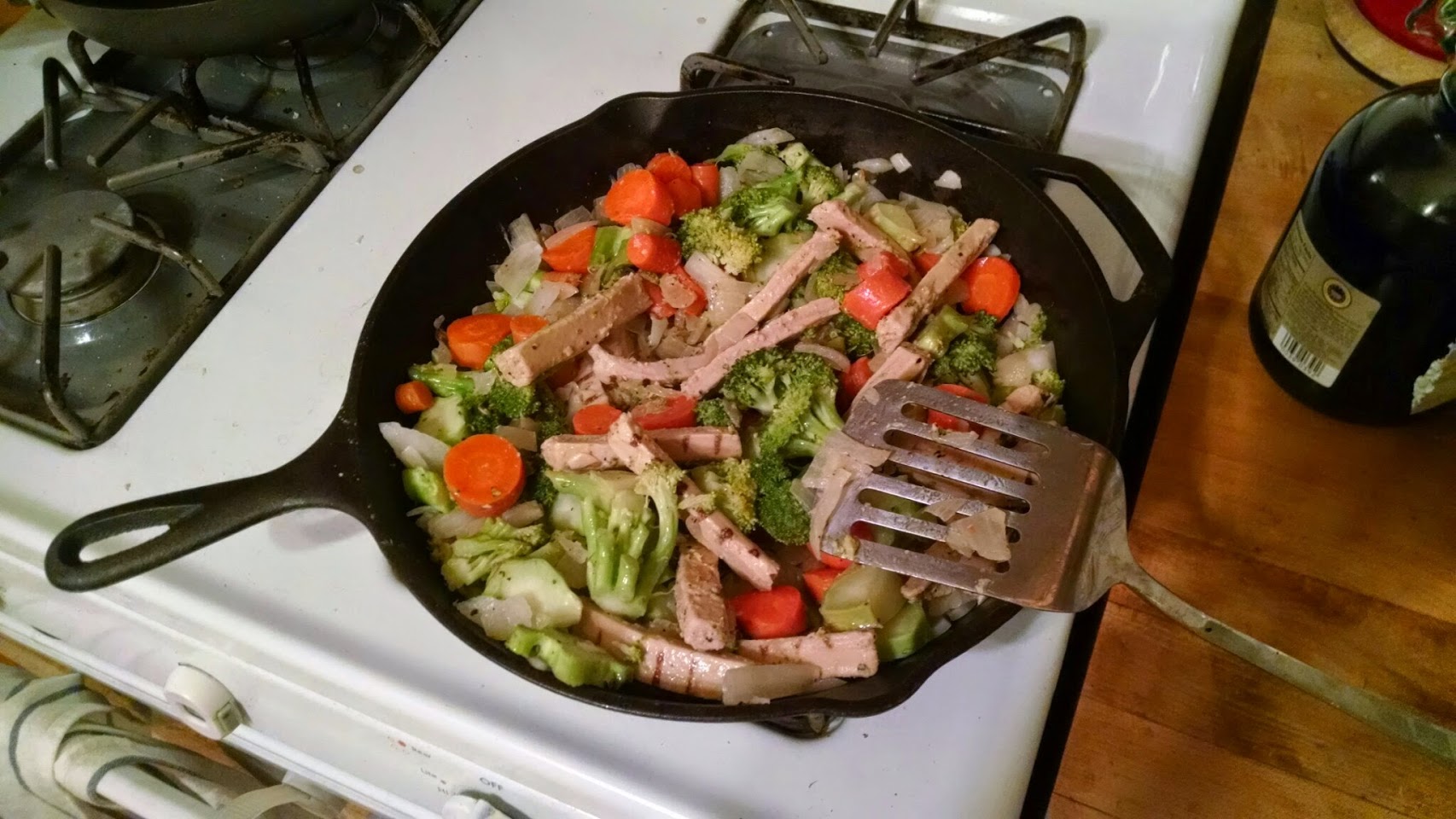Food Review: Beyond Meat (Veggie Chicken)
Although I am not a vegetarian, I have a proclivity for eating vegetarian cuisine. For vegetarian protein sources, I like nuts, beans, lentils, peas, high protein grains, seeds, etc. Including animal products, I enjoy eggs and greek yogurt. I tend to avoid fake meat products.
Yet after reading a profile of Beyond Meat in Outside Magazine, my curiosity (and tastebuds) piqued. Perhaps what interested me most were the testimonials from high profile customers, such as Bill Gates:
“I tasted Beyond Meat’s chicken alternative,” he [Bill Gates] wrote online, “and honestly couldn’t tell it from real chicken.” Gates quickly realized the blockbuster potential. “Our approach to food hasn’t changed much over the last 100 years. It’s ripe for reinvention. We’re just at the beginning of enormous innovation.”
Gates sat down with Brown [CEO of Beyond Meat] in 2012 and gave him some tips, which the entrepreneur took to heart. As Brown recalls, “He said to me, ‘If you get this thing to cost less than meat, and you get international quickly enough, then this is huge.’”
The entire article is worth a read if you are interested.
With such rave reviews, I headed to my local grocery and gave it a try. I bought the Grilled Chicken Strips and cooked them on the cast iron skillet as per instructions on the package. I mixed in some vegetables, and voila I had a vegetarian chicken stir fry (pictured below).

The verdict? Sad to say it failed to live up to the hype. It wasn’t bad tasting per se, but it was rubbery and relatively tasteless. It could not have passed for real chicken. Maybe I didn’t cook it correctly, but I don’t think so.
Given my inclination to avoid processed foods, I likely won’t try again.
However, Beyond Meat contends their products are not processed. Via Outside Magazine:
When I told Geistlinger [of Beyond Meat] that I was skeptical of processed foods, especially ones produced by novel techniques, he pointed out that Beyond Meat uses no artificial ingredients and employs the most time-tested of cooking methods (heat and pressure). “Our process is gentler than making pretzels,” he said. “Getting that browning on a pretzel requires chemically changing the bonds in the molecules. That’s more harsh than what we do.”
Food writer Mark Bittman disagrees. The article continues:
Mark Bittman, for one, is going to stay off the faux-meat bandwagon for now. “I think we have to evaluate each of these products individually,” he told me. “Some fake meats can easily pass for ‘real’ meat, but in many cases that’s because ‘real’ meat has been so degraded by the industrial production of animals. Still: the best direction for most of us is to eat unprocessed food of all types; fake meat hardly qualifies.”
Processed or not, healthy or unhealthy debates aside, I think my dish would have been more tasty had I substitued the fake meat for say, cashews or lentils.
I’m open to trying their forthcoming plant based hamburger (the “Beast Burger”), but I don’t foresee any fake meats entering my shopping cart on a regular basis anytime soon.
Tags: